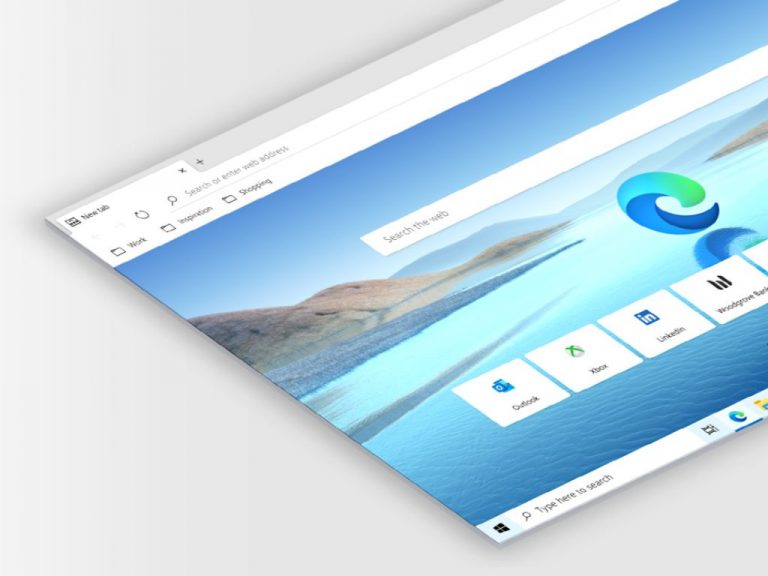Microsoft Edge will soon get a new “Extended Stable” release cycle for organizations interested in receiving Edge updates every 8 weeks. Microsoft announced back in March that Edge would switch to a 4-week release cycle to match what Google is doing with Chrome, but the company is aware that this faster release cycle may not be ideal for enterprise users.
This new “Extended Stable” release cycle option will be available with Microsoft Edge 94, which is expected to be released in late September (the Edge Stable channel is currently on Edge version 91). This Extended Stable option will stay on even-numbered revisions and update every 8 weeks, and there will be a biweekly security update.
“If an organization selects the 8-week “Extended Stable” release cycle with Microsoft Edge 94, they will receive subsequent feature updates with Microsoft Edge 96, Microsoft Edge 98, and so on. While feature updates will be packaged and delivered with new version releases based on the selected release cycle, important security patches and fixes will be delivered as needed independent of the selected release option to help maintain browser security,” the Edge team explained today.
Once Microsoft Edge 94 and this new “Extended Stable” release cycle option become available in late September, IT Admins will be able to opt-in by using the “TargetChannel” Group Policy and selecting the “Extended Stable” option. It will also be possible to opt-in with Microsoft Endpoint Manager by selecting the “Extended Stable” release option via Intune.
If the move to a 4-weeks release cycle should be very welcome for most Edge users, it’s good to see Microsoft taking into account the needs of enterprise customers with this new “Extended Stable” channel option. Microsoft Edge will continue to automatically install updates in the background even for managed PCs on the Extended Channel, but organizations who prefer to manually update the browser will also be able to find packages in the Windows Server Update Services (WSUS) catalog.



